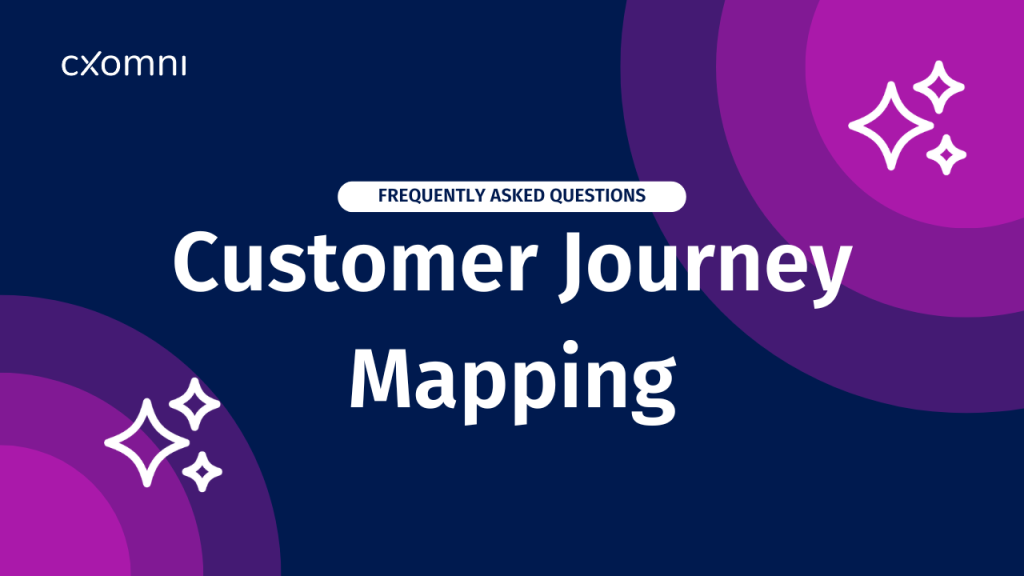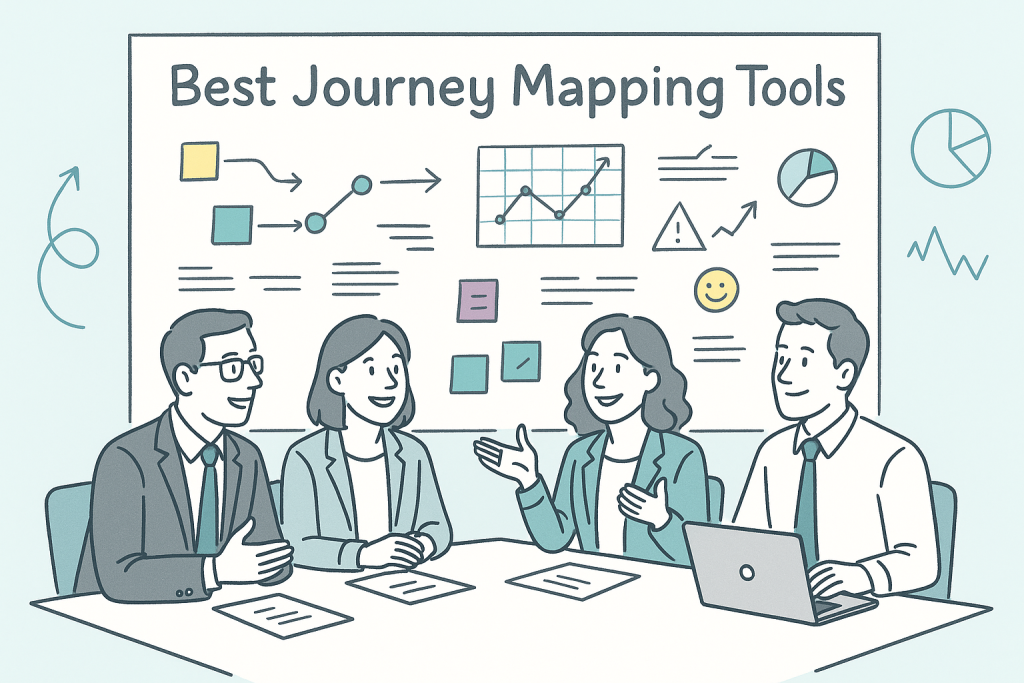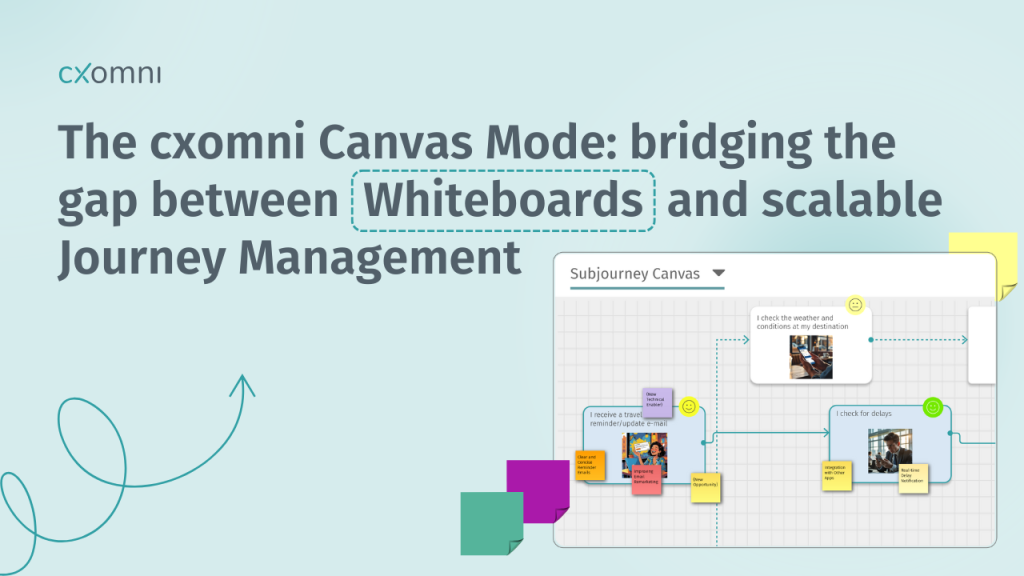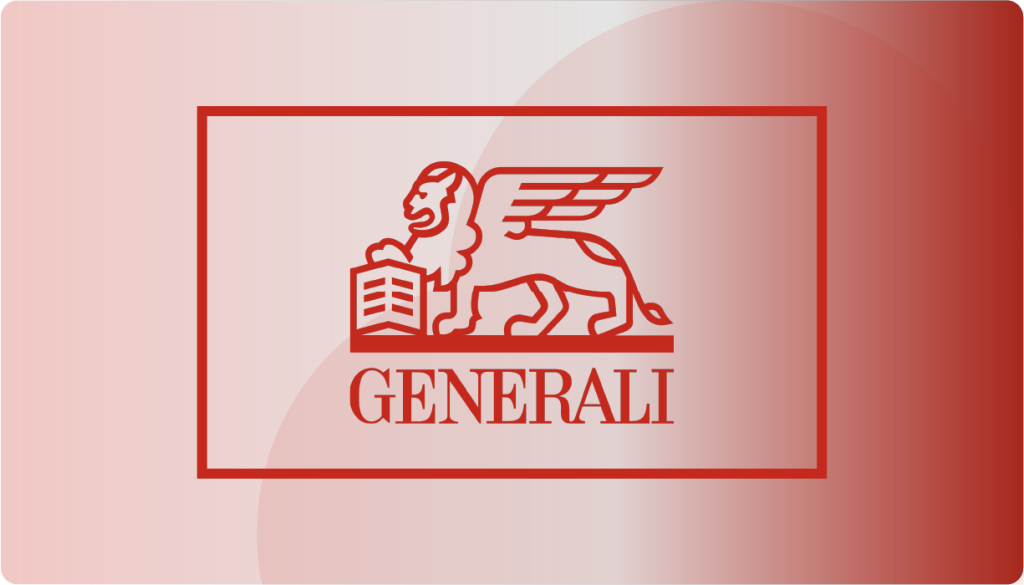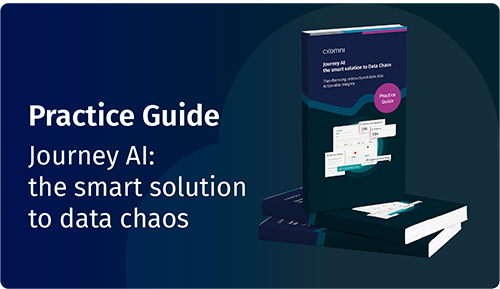In many companies, communication problems and inefficient processes arise when customer journey maps are only considered within individual departments. The consequence is, that stakeholders don’t get the insights they need to improve the touchpoints they are responsible for. And CX teams lack access to relevant customer data they need for a detailed ans qualitative analysis of the company’s customer experience. This silo mentality not only leads to redundant workflows, but also a fragmented customer experience.
What is silo mentality?
Silo mentality describes an isolated way of working within organizations, where departments or teams view data, processes, and goals only from their perspective. There are two different types of silos in enterprise areas: departmental silos, where each team works in isolation, and data silos, where customer information is stored in separate systems and not shared across the company.
In this blog post, you’ll find valuable best practices on how to use journey management to identify the right levers for breaking down silos.
From customer journey mapping to holistic journey management
Customer centricity is a success factor for companies in nearly every industry. Customer journey mapping espeacially helps decision-makers step into their customer’s shoes and document current interactions and touchpoints—but only within the scope of a single department. If companies want overcome silo thinking and create a consistently positive customer experience, cross-functional collaboration is essential.
Why silo thinking creates frustrating customer experiences
Imagine you order a new smartphone online—something you’ve been excited about for a while. The webshop is modern, the navigation intuitive, and the ordering process is smooth. You quickly receive a confirmation email, and the whole experience is exciting.
But when checking the delivery status of your order, chaos begins: The customer service team has different information than the logistics system. A support call results in conflicting answers because customer service, sales, and logistics each work in separate systems and don’t share data. You have to repeat the same information multiple times, get bounced between departments, and ultimately feel like no one is taking your issue seriously.
This is the problem with silo thinking: Each department manages its own touchpoints and data instead of working together to provide a seamless customer experience. The result? Frustration, customer churn, and a weak brand loyalty.
How journey management breaks down silos
Journey management is an effective approach for solving this CX issue. By using a centralized software platform, departmental silos are dismantled, as all journeys and associated data are brought together in one unified repository. This allows marketing, sales, customer service, logistics, and other teams to access and work with the same consistent information and gain a unified customer experience perspective.
As a result, all departments work together to optimize the end-to-end customer journey. One key advantage of journey management is the integration of web analytics and customer feedback data. This means, decisions are then based on solid data, since everyone is working with the same information. Companies can also monitor the performance of individual touchpoints in real time and gain valuable insights into customer preferences and behaviors.
By linking quantitative and qualitative data to customer journeys, organizations can accurately measure the effectiveness of each customer interaction. This allows CX teams to identify opportunities for optimization, so that improvements can be immediately planned and implemented.
What is a journey management framework?
To ensure this process runs smoothly, a journey management framework provides the methodological foundation for the entire tech stack. It defines consistent processes, terminology, and taxonomies so that all stakeholders are using the same language and work with the same data structures. This way, a framework specifies which steps within the customer journey are tracked and how they are interpreted.
With this standardized approach, everyone involved works according to a shared set of guidelines, so that the journey management framework ensures quality control and comparable results. Without implementing such a framework, companies risk that different departments interpret touchpoints differently, leading to misunderstandings and inefficient processes.
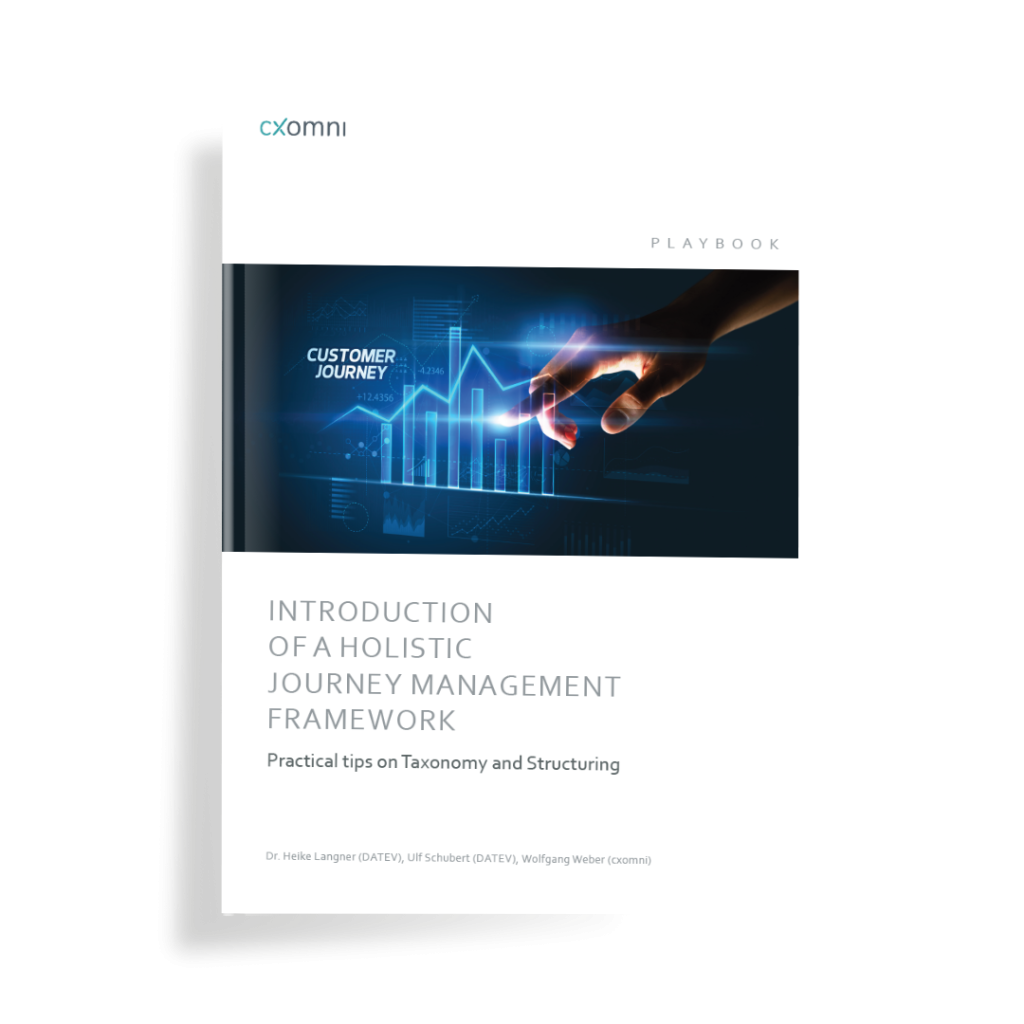
Playbook: Introduction of a holistic Journey Management Framework
What does Journey Orchestration actually deliver?
Many companies engage in Customer Journey Mapping, identify pain points or develop valuable ideas for improvement during workshops. But what happens afterward? In many cases, these insights remain stuck within individual departments and fail to lead to real change. In other cases, implementation fails because there’s no structured process share these insights within the company. As a result, issues at critical touchpoints persist rather than being resolved.
This is where Journey Orchestration comes in. Journey Orchestration is a methodological process and a software capability within Journey Management ensuring that insights from journey mapping and customer feedback are directly shared with relevant departments. This can happen, for example, via push notifications or through integration with ticketing systems like Jira. This workaround guarantees that pain points and opportunities for optimization go straight to the teams that can act on them.
With journey orchestration, companies break down silos, so that stakeholders receive actionable recommendations based on the customer’s perspective. This approach significantly shortens the time to implementation, because problems are actively adressed instead of being just documented. Since actions are based on real customer feedback data, this approach strengthens customer centricity, as companies align more closely with the actual needs and behaviors of their customers.
Conclusion: business success through breaking down silos
When companies overcome silo thinking and give all departments access to the same customer journeys, the business impact is clear. A consistent customer experience leads to higher satisfaction, fewer support requests, and increased conversion rates. And the close alignment between sales, marketing, and customer service enables faster responses to customer needs and a more strategic use of resources. To sum it up, overcoming silo mindset helps companies to optimize processes, reduce reaction times, and create a distinct competitive edge.


